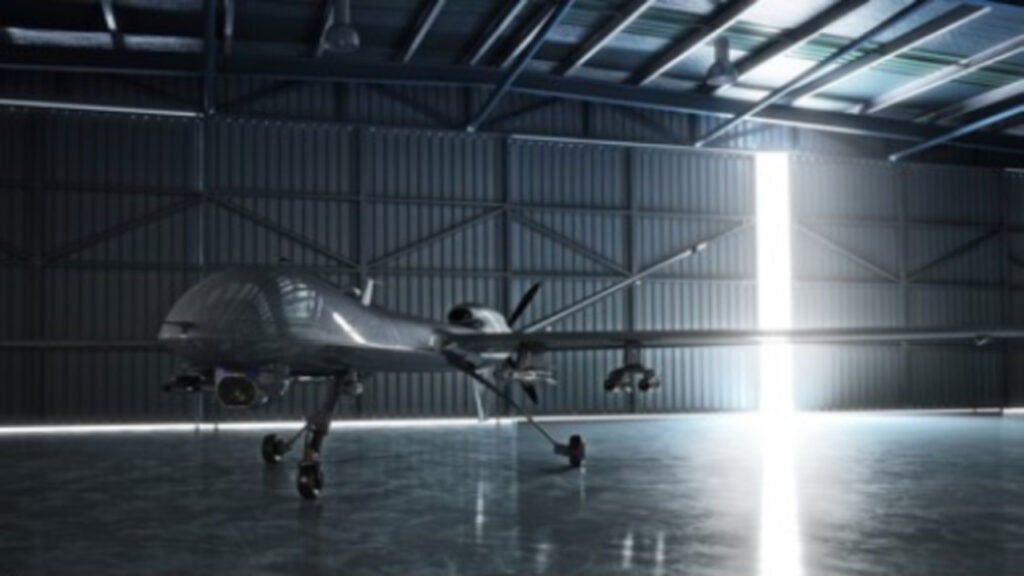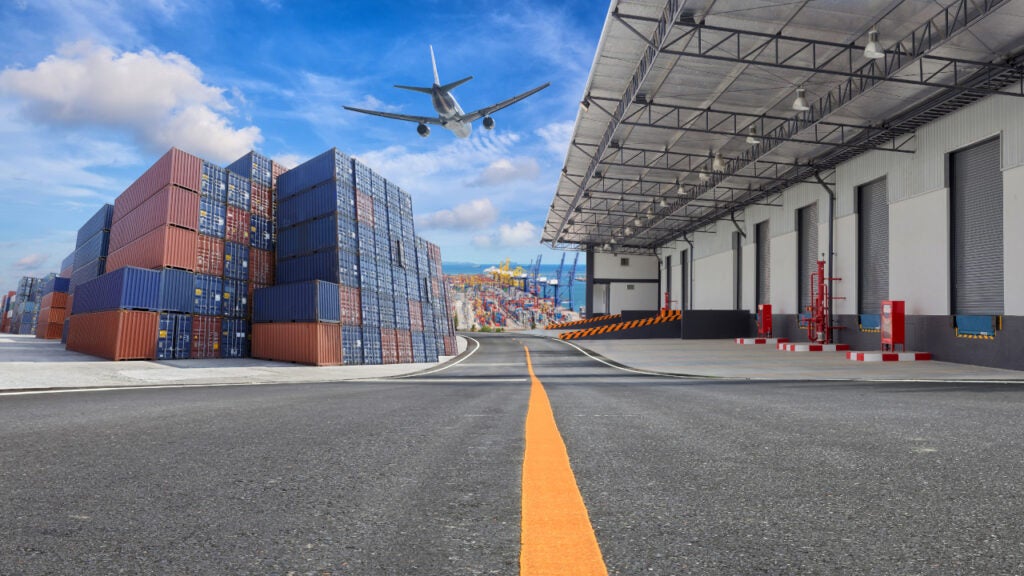The aerospace and defence industry continues to be a hotbed of innovation, with activity driven by the pressing need for modernisation and the growing importance of emerging technologies such as artificial intelligence and unmanned systems. In the last three years alone, there have been over 174,000 patents filed and granted in the aerospace and defence industry, according to GlobalData’s report on Advanced Materials in Aerospace, Defence & Security: Composite laminates for aircraft blades.
According to GlobalData’s Technology Foresights, which uses over 262,000 patents to analyse innovation intensity for the aerospace and defence industry, there are 180+ innovation areas that will shape the future of the industry.
Composite laminates for aircraft blades is a key innovation area in advanced materials
Composites of fibreglass, carbon fibre, and Kevlar are often used in the construction of aircraft airframes in order to enhance strength whilst reducing weight, amongst other factors. Glass fibre or fibreglass is the most widely used reinforcing material.
GlobalData’s analysis also uncovers the companies at the forefront of each innovation area and assesses the potential reach and impact of their patenting activity across different applications and geographies. According to GlobalData, there are 50+ companies, spanning technology vendors, established aerospace and defence companies, and up-and-coming start-ups engaged in the development and application of composite laminates for aircraft blades.
Key players in composite laminates for aircraft blades – a disruptive innovation in the aerospace and defence industry
‘Application diversity’ measures the number of different applications identified for each relevant patent and broadly splits companies into either ‘niche’ or ‘diversified’ innovators.
‘Geographic reach’ refers to the number of different countries each relevant patent is registered in and reflects the breadth of geographic application intended, ranging from ‘global’ to ‘local’.
Amongst aerospace and defence companies, Safran is one of the leading patent filers in ceramic matrix composites for turbines. The company has incorporated 3D-woven composite into their engines. This technology enables the firm to make stronger and lighter parts. This innovation allows CFM International’s (a joint venture between Safran and GE Aviation) LEAP commercial airplane engine to consume 15% less fuel than its predecessor. Other key patent filers include industry leading aircraft manufacturers Airbus and Boeing.
In terms of application diversity, Safran leads the pack. AeroVironment and Rolls-Royce come in at second and third place respectively. Regarding geographic reach, Fischer Advanced Composite Components leads the way, followed by Boeing and Safran.
Composite materials are under consideration as an option to reinforce the missile bodies and airframes which will undergo high degrees of aerodynamic stress and heating. These materials can endure the stresses of manoeuvring at very high, even hypersonic, speeds. Composites comprised of filaments of materials, such as glass, boron, graphite, Kevlar, or SiC, set in resin may prove an option for high-strength reinforcing materials, improving the longevity of turbines.
To further understand the key themes and technologies disrupting the aerospace and defence industry, access GlobalData’s latest thematic research report on Defence.




